The bond between humans and their pets often transcends the simple definition of ownership, evolving into a profound emotional connection that makes the inevitable parting all the more difficult. As pets age, their needs change, and the responsibility of caring for them shifts toward ensuring their comfort and dignity in their final days. End-of-life care for pets, often referred to as pet hospice or palliative care, is a growing field that acknowledges the deep emotional and physical challenges faced by both animals and their owners during this delicate phase.
For many pet owners, the realization that their beloved companion is nearing the end of its life comes with a mix of sorrow, confusion, and a desperate desire to provide the best possible care. Unlike humans, pets cannot verbalize their pain or express their wishes, making it crucial for owners to recognize subtle signs of discomfort or decline. Changes in appetite, mobility, energy levels, and even social behavior can indicate that a pet is entering its final stages of life. Veterinary professionals play a key role in guiding owners through this process, offering medical support while also helping them make compassionate decisions about their pet’s well-being.
Palliative care for pets focuses on alleviating pain and maintaining quality of life rather than pursuing aggressive treatments that may cause additional stress. This approach often involves pain management through medications, dietary adjustments, and gentle therapies such as massage or acupuncture. The goal is not to prolong life artificially but to ensure that the pet’s remaining time is as comfortable and peaceful as possible. Many veterinarians now specialize in hospice care for animals, providing in-home visits to minimize stress and allowing pets to remain in familiar surroundings where they feel safe and loved.
One of the most challenging aspects of end-of-life care is knowing when to say goodbye. Euthanasia, though a difficult decision, is sometimes the kindest option to prevent unnecessary suffering. Veterinarians can help assess a pet’s quality of life using various scales that evaluate pain levels, ability to eat and drink, and overall happiness. When the bad days begin to outnumber the good, it may be time to consider this final act of love. The process itself is designed to be as gentle as possible, often involving sedation followed by a painless injection, allowing the pet to pass peacefully in the arms of its owner.
The emotional toll on pet owners during this period cannot be overstated. Grief over a dying or deceased pet is a very real and valid experience, yet it is often underestimated by those who have not shared such a bond. Support groups, pet loss hotlines, and counseling services are increasingly available to help individuals navigate their sorrow. Memorializing a pet—whether through keepsakes, ceremonies, or even creating art in their honor—can also provide a sense of closure and a way to celebrate the joy they brought into their owner’s life.
As awareness of pet hospice care grows, so too does the recognition that end-of-life decisions should be made with the same compassion and respect as those for human family members. Advances in veterinary medicine continue to improve the options available for pain management and comfort care, allowing pets to live out their days with dignity. For those who have walked this difficult path, the experience, though painful, often reinforces the depth of the human-animal bond and the profound impact these companions have on our lives.
Ultimately, the journey through a pet’s final days is one of love, sacrifice, and deep emotional complexity. By embracing the principles of hospice care, pet owners can ensure that their furry friends are treated with the kindness and respect they deserve until the very end. And while the pain of loss never fully fades, the memories of the love shared remain a lasting tribute to the irreplaceable role pets play in our lives.

By /Jul 31, 2025
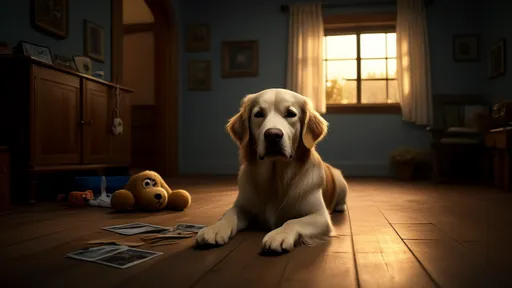
By /Jul 31, 2025
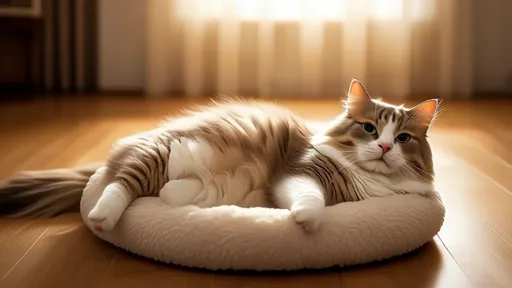
By /Jul 31, 2025

By /Jul 31, 2025
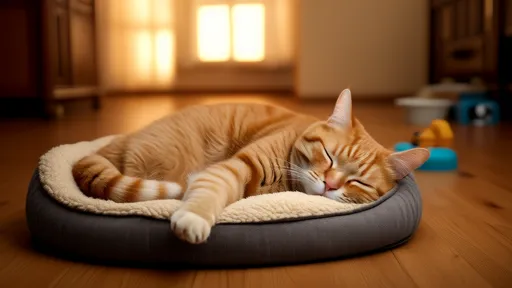
By /Jul 31, 2025
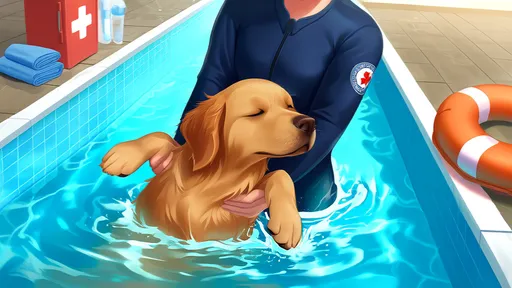
By /Jul 31, 2025
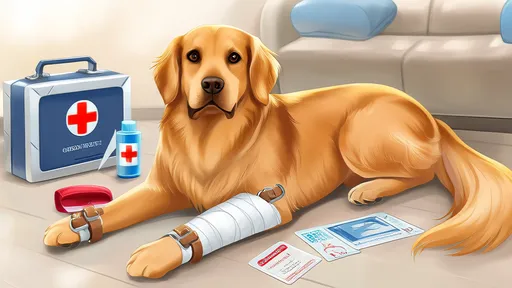
By /Jul 31, 2025

By /Jul 31, 2025
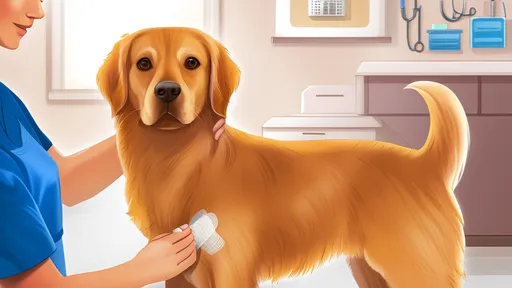
By /Jul 31, 2025
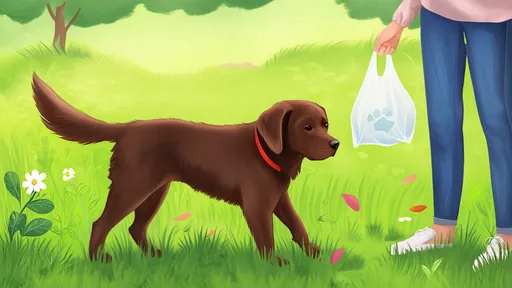
By /Jul 31, 2025
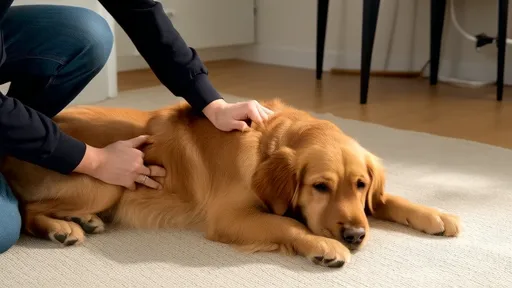
By /Jul 31, 2025
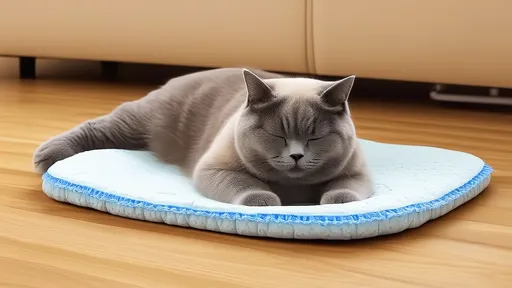
By /Jul 31, 2025

By /Jul 31, 2025
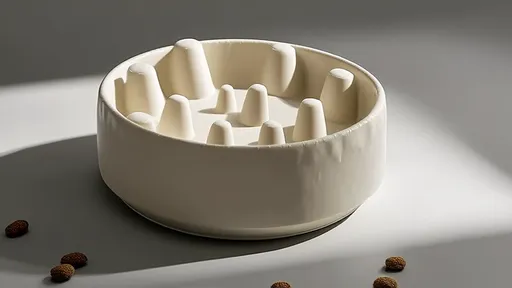
By /Jul 31, 2025

By /Jul 31, 2025
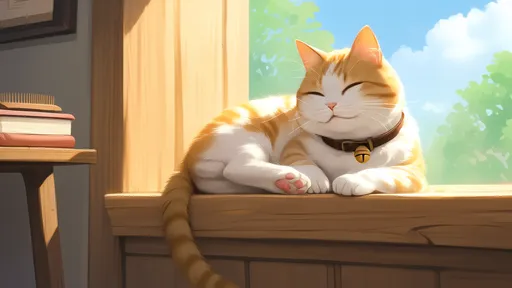
By /Jul 31, 2025
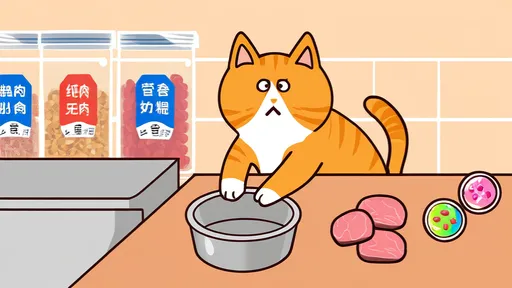
By /Jul 31, 2025
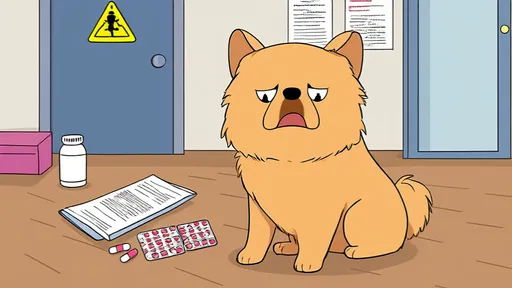
By /Jul 31, 2025
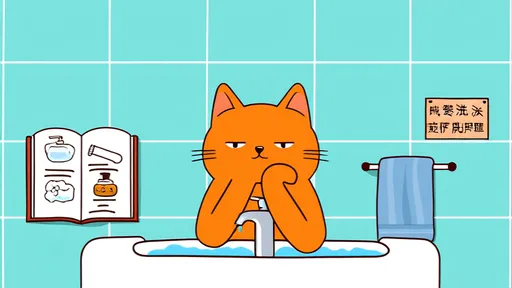
By /Jul 31, 2025
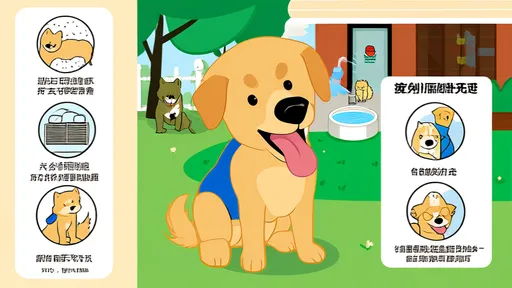
By /Jul 31, 2025